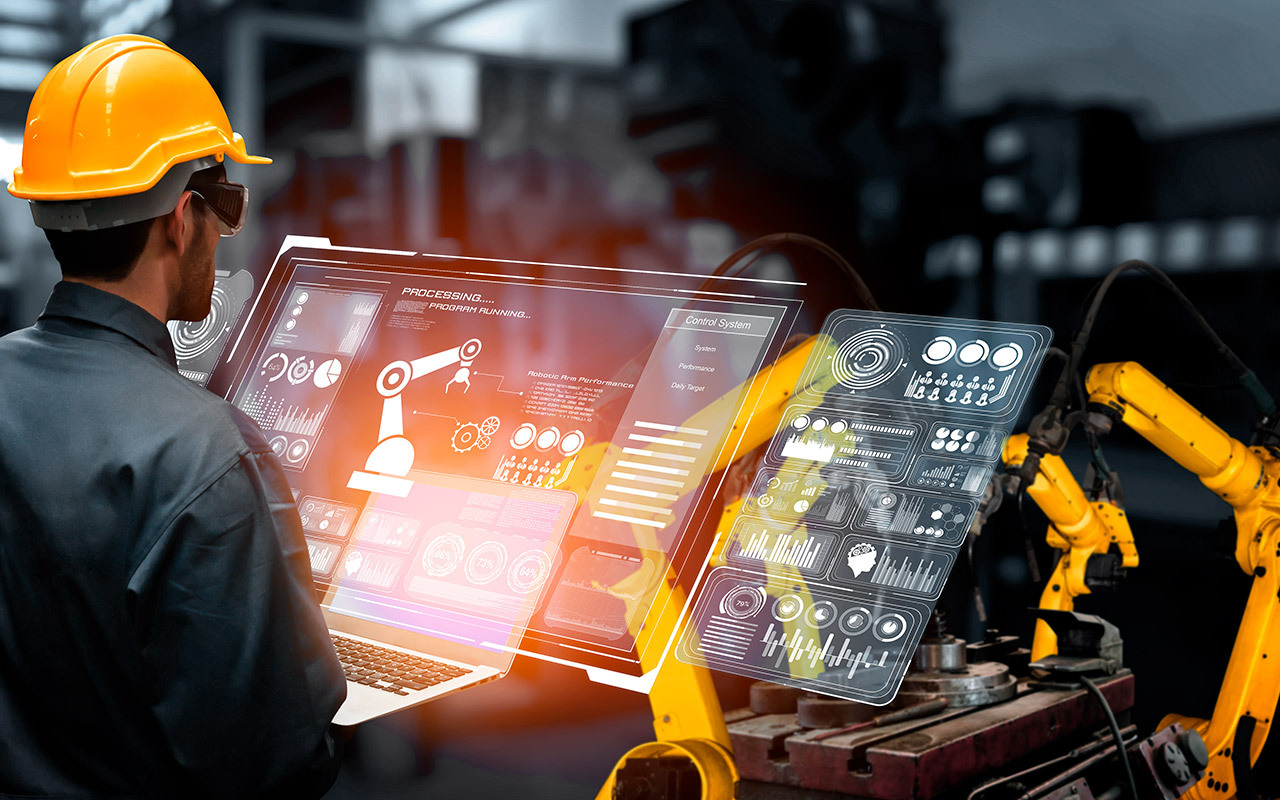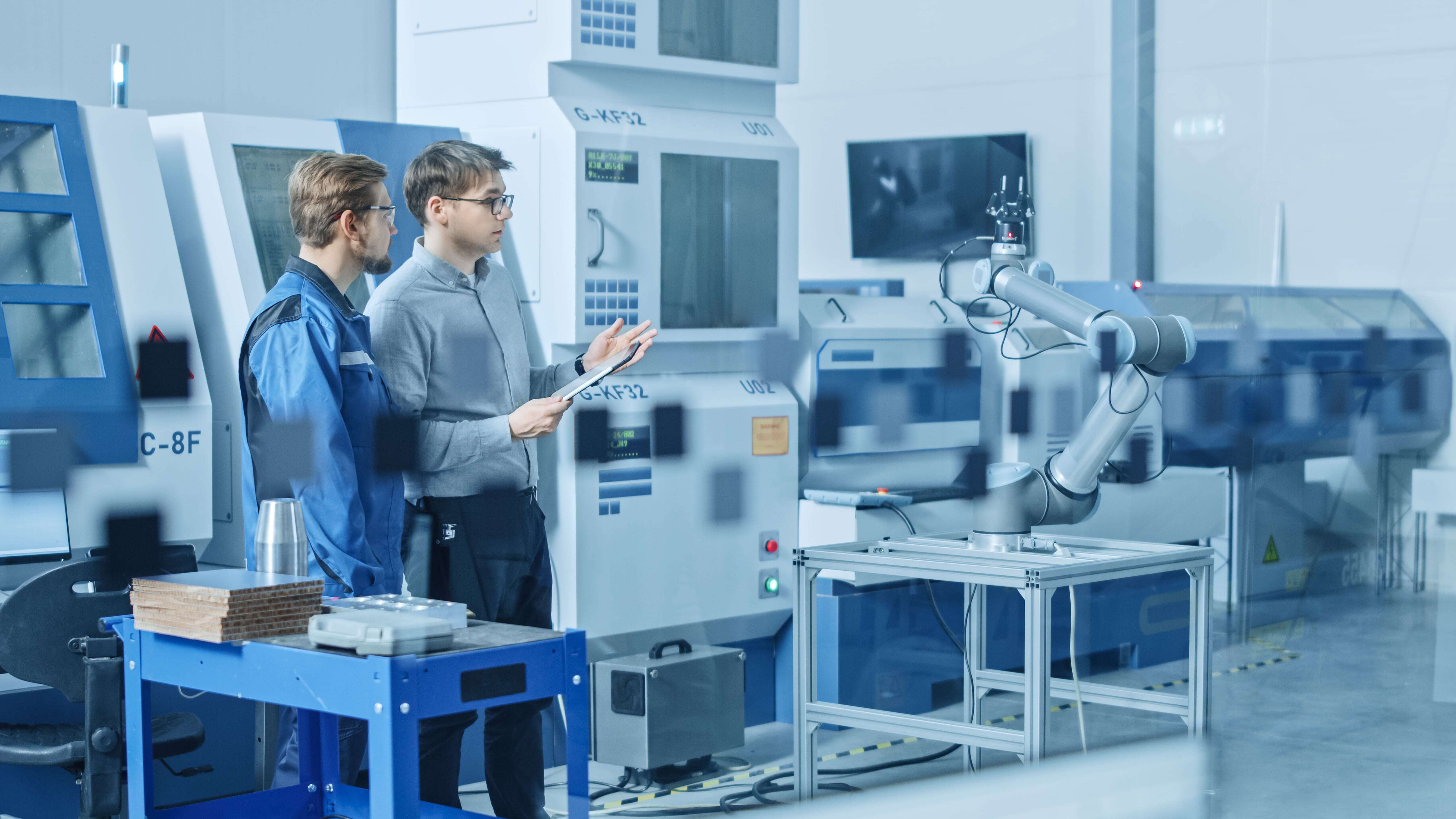19/10/2022
Digital quotation calculation: How to save time and nerves in your calculations and quotations

The creation of offers is probably a rather unloved task in every company - if you put a lot of work into an exact calculation, you may have wasted a lot of time if no order follows. If you take less time and only make rough calculations, you may be in for a rude awakening when the order turns out to be more expensive to produce than you thought. The goal is to achieve an accurate and detailed quote with the least possible effort. Modern technologies offer interesting ways to achieve this goal by automating familiar and frequently used calculation methods.
Virtual manufacturing brings more accurate timings
During the quotation calculation, experienced manufacturers analyze the drawing or the CAD model to determine how many corners, holes, threads and fits are present in the component and which surfaces and tolerances are required. On this basis and taking into account the material costs, the price is estimated from experience. In principle, it is possible to use the automatic NC functions of the CAM system to define a rough machining of a part and run a simulation to calculate machining times quite accurately. This does not produce real usable programming by any means, but it does give an idea of how long the machining will take. This method can even be automated in the ordering process. Here, in addition to the contract manufacturing of turned and milled parts, a calculation software is offered that calculates the manufacturing costs on the basis of a three-dimensional CAD model in STEP format - and, if desired, adapted to the parameters of the company's own machinery.
Calculation on the basis of processed orders
If the orders to be calculated are similar again and again - for example, because the company's product portfolio is based on a manageable number of basic products that are customized - it makes sense to use real values from the past for the calculation. In this way, the initial values for the calculation are even more accurate than with the first approach, because they are actually real times. If you want to use past orders as the basis for the calculation, the processing times must be available in as much detail as possible. Ideally, these are not entered manually into the database, but are automatically recorded at the machine and reported back via IoT and saved with the order. In this way, the costing database or the ERP system is automatically filled with validated machining values for future calculations. On the other hand, it must be possible to find orders that are as similar as possible in the multitude of past orders. Here, too, a veteran employee can often very quickly find the matching models from memory - simpler and more useful are programs for geometric similarity search, which find orders that are as similar as possible on the basis of 3D geometry and present them for selection. However, geometrically similar parts are not necessarily suitable for costing if other parameters do not fit - for example, material or quantities. The first, new approaches use artificial intelligence (AI) to consider as many parameters as possible at the same time and thus get as close as possible to the optimal costing. And last but not least, it makes a lot of sense to compare the actual processing time and other parameters with the quotation costing in a post-calculation at the end of the job and evaluate the deviations in order to get even closer to those in the next attempt. Here, too, an AI can identify outliers and exclude them from inclusion in further calculations.
Combining principles for best results
Both approaches can be combined by analyzing processed orders with the help of an AI and thus enabling it to recognize machining operations on the basis of a 3D model and assign times to them. In this way, the AI derives general production processes from similar orders and uses them for pricing. What all approaches have in common is that the experience that used to help an employee achieve better and better results in calculating quotations over time is no longer tied to the human being, but grows in an AI and is therefore not lost when the employee retires, for example. And AI is also faster than humans. Here, too, digitization makes work easier and speeds up decision-making processes. Here you can find software for quotation costing:


